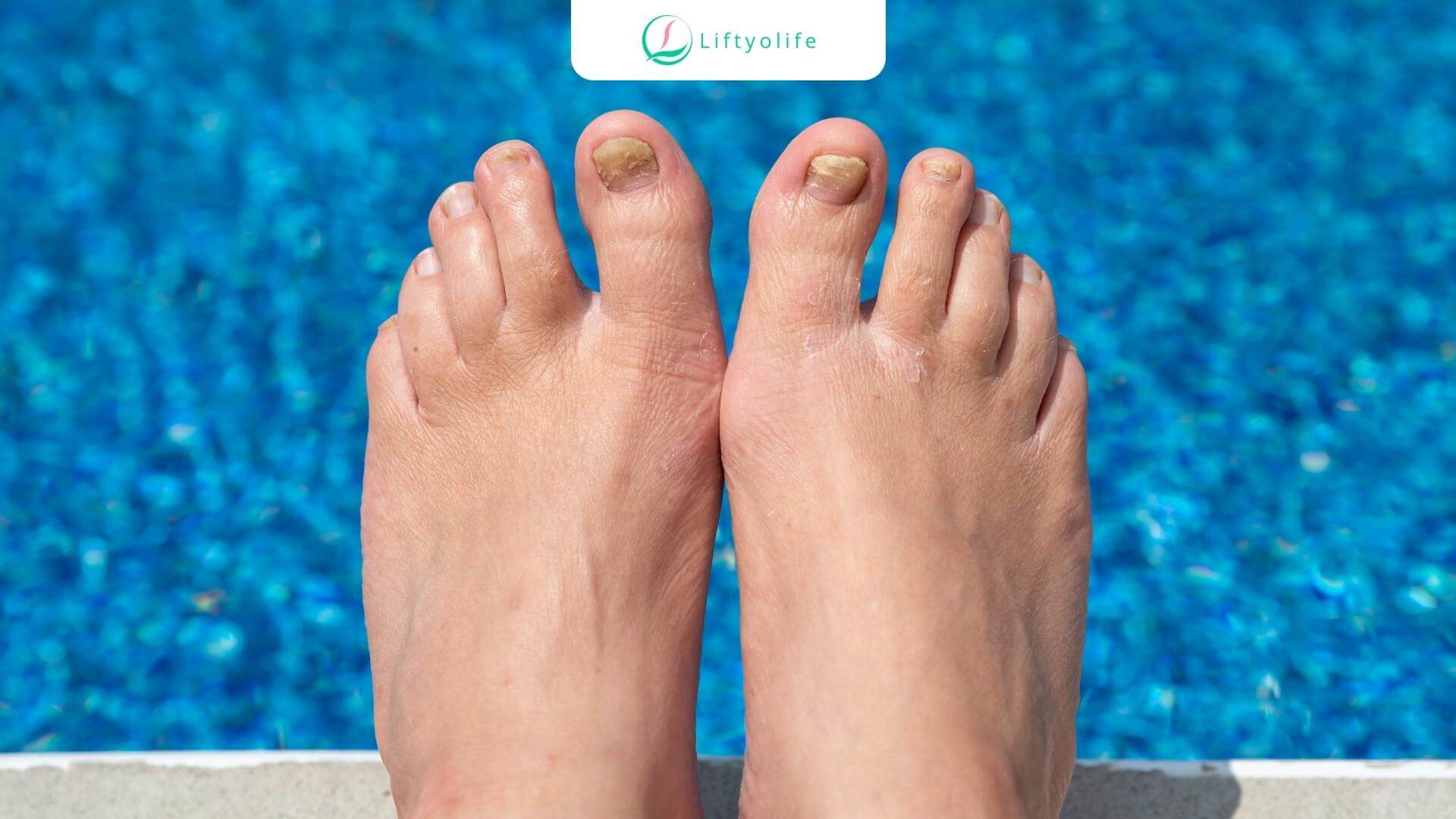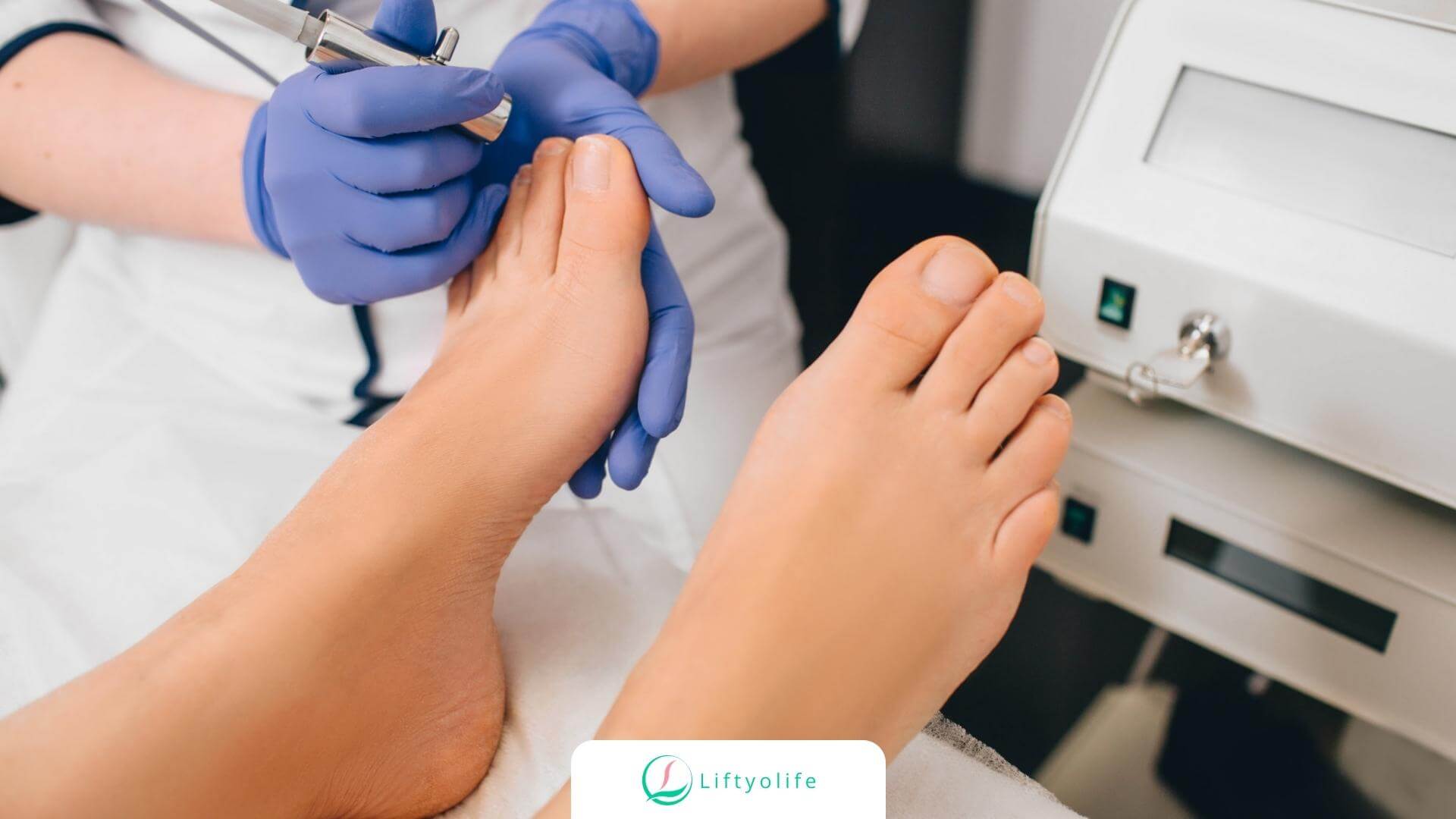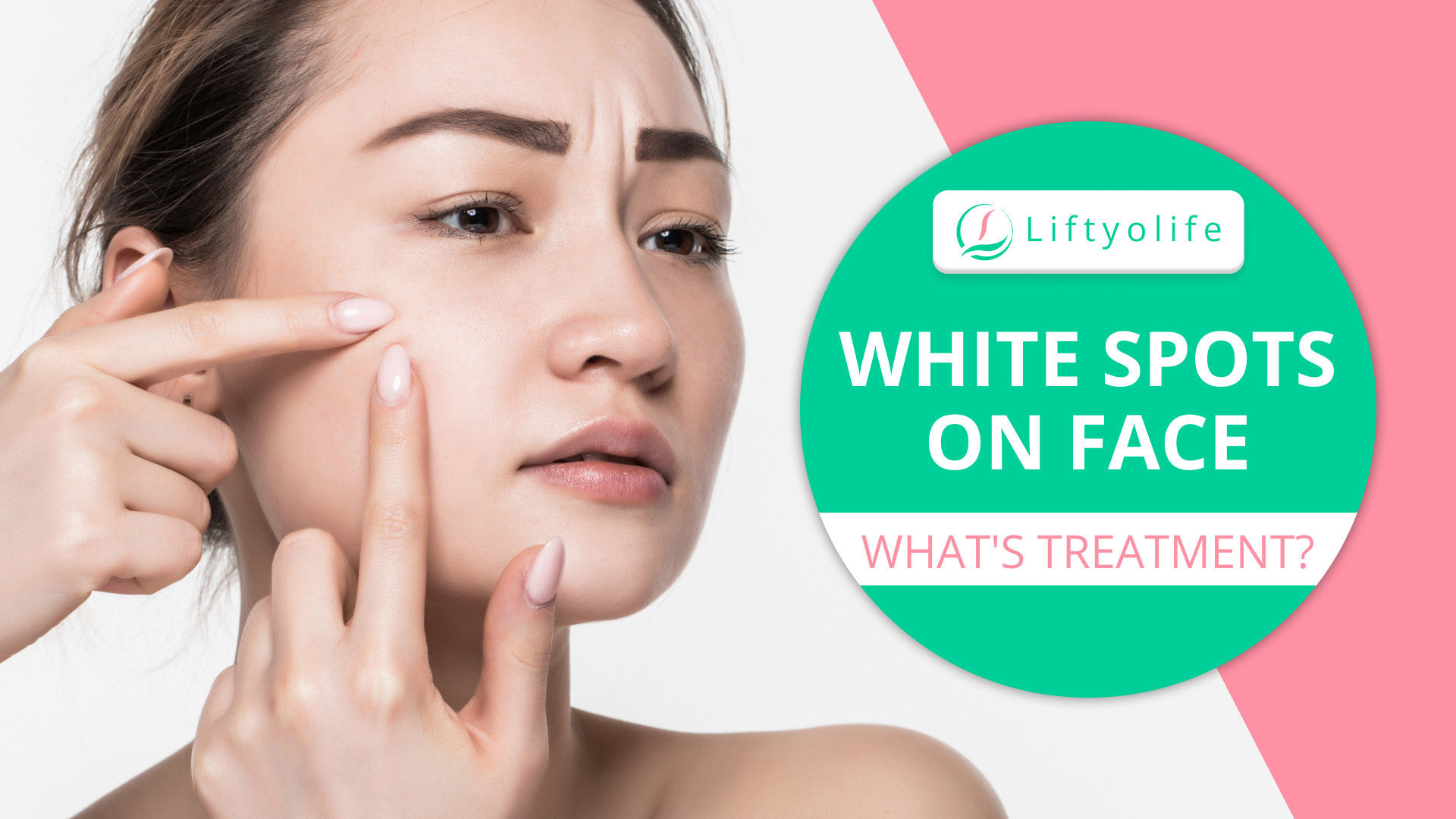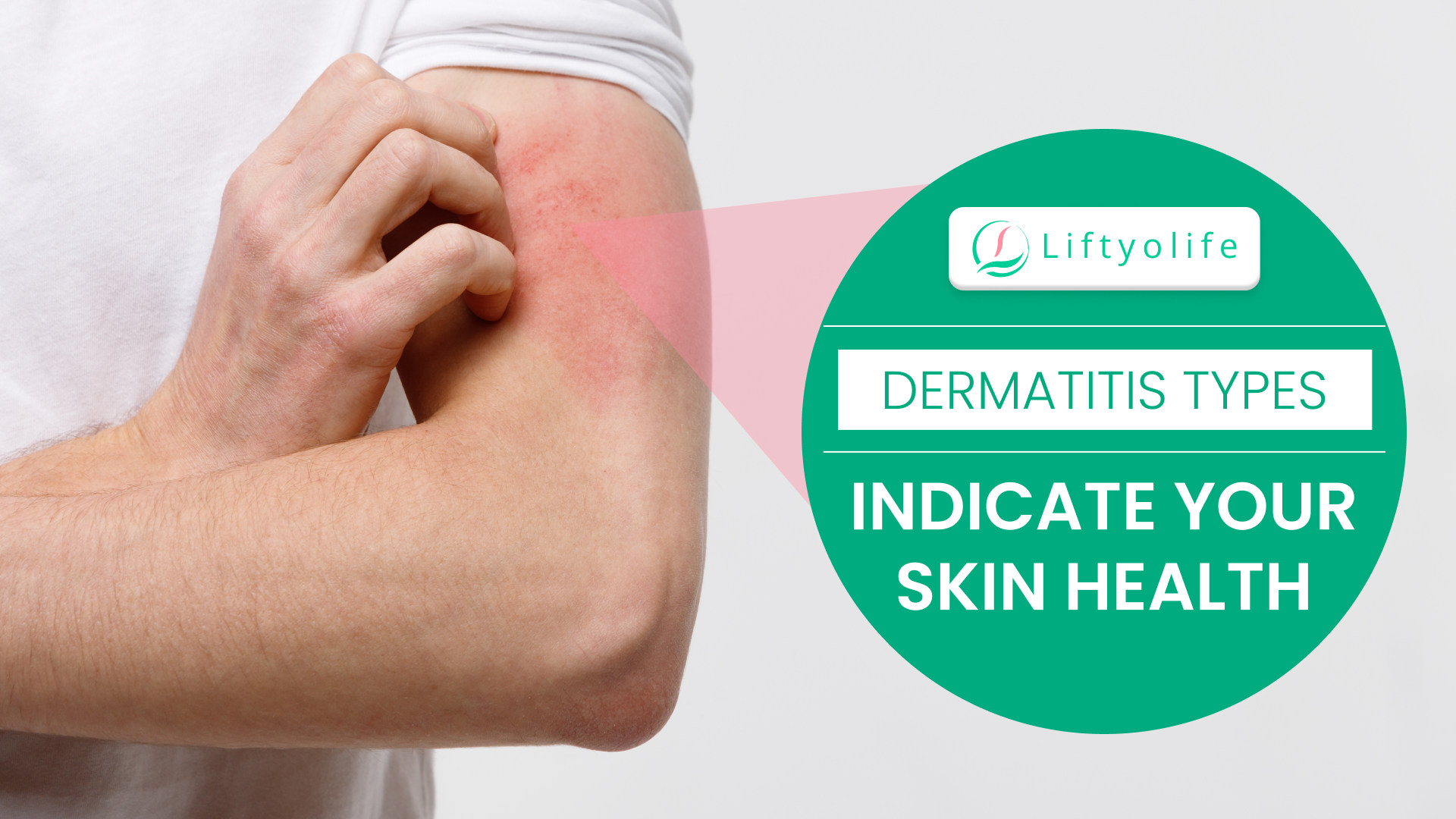Types of Toenail Fungus: Causes and Solution

Toenail fungus is a common infection that can lead to severe and complex problems if not treated promptly. The following article will help you better understand this disease. Liftyolife (liftyolife.com) will help to identify types of toenail fungus and effectively treat toenail fungus.
1. Symptoms of toenail fungus
Toenail fungus is an infection that will cause discoloration in your toes, usually in a white or yellow spot under the tip. This disease is also called onychomycosis or tinea unguium (1). In North America, the incidence of onychomycosis can reach up to 14%, with fungal infection accounting for 50% of all nail diseases (2).

Symptoms of toenail fungus
The common symptoms of toenail fungus include:
- The dark color in your toes
- Nail thickening
- Distorted in shape
- Brittle, ragged, or crumbly
- Pain in the tips of toes
- Smelling foul
Initially, the patient only had fungus infection in 1 or 2 toenails. If this disease is not treated fairly, it will spread to many toes, skin, or fingernails. You may experience other symptoms that we do not mention. If you have any questions about the warning signs of illness, please consult your doctor.
2. How can people get a toenail fungus infection?
2.1. What are the causes?
Many different types of fungi cause toenail fungus. But Trichophyton is the most common cause of nail infections. Some following factors that increase your chances of getting a nail infection are:
- Humidity: The humid environment creates favorable conditions for fungi to grow and cause fungus infection in the toes.
- If you contact people who get toenail fungus by sharing personal items of them, you will quickly catch this disease.
2.2. Who is easy to have toenail fungus?
Anyone can get fungus in their toes. Toenail fungus often affects the older, especially people over 60. But people who suffer from the following health conditions will have a higher ratio than others:
- Diabetic people
- A nail injury or nail surgery
- Have weakened immune system
- Poor circulation
- Athlete’s foot (ringworm on foot)
- Have a family history of onychomycosis
3. Types of toenail fungus
Onychomycosis is a nail infection caused by Dermatophyte or Non-dermatophyte.
3.1. Dermatophyte
Dermatophyte infection (also known as tinea versicolor) is the group of fungi including Trichophyton, Epidermophyton, and Microsporum. Most of the common cause reports of toenail fungus are Dermatophyte, about 60-70% of infection cases.
3.2. Candida
Candida was the most frequently isolated fungal genus from Non-dermatophyte. It is 2 – 5 µm in size, round or oval.
4. How to prevent and treat fungus infection in toes?

How to prevent and treat fungus infection in toes?
4.1. Prevention
Onychomycosis typically requires months of treatment. However, the recurrence rate of toenail fungus is high. Recurrence can occur one year or more after the infection was eradicated, possibly affecting more than 50% of the patients who have been successfully treated (3).
Here are some ways to help people prevent toenail fungus and limit its recurrence:
- Wear sweat-wicking socks, especially for people who sweat a lot, change them every day and wash them after wearing.
- Wear open-toe shoes and sandals to reduce the risk of toenail fungus.
- Do not wear old shoes.
- Disinfect shoes with antiseptic or antifungal powder.
- Wear shoes and slippers in public areas such as locker rooms, swimming pools, etc.
- Do not paint your nails or use artificial nails frequently.
4.2. Treatment
There are many ways to treat fungus infection in the toes. Usually, topical medicine and oral antifungals are used.
- Topical medicine
Patients can use one of the following topical medications: Pommade Ketoconazole (Nizoral), Canesten, Exoderil, Terbinafin, BSI, etc.
After washing and scraping the nail damage, you can apply the medicine to the nail surface and around the nail 2-3 times a day. At night, patients should use a plastic bandage to keep the medicine overnight.
Please note: If you feel any side effects after using topical antifungals such as burning, stinging, swelling, irritation, etc, tell your doctor immediately.
- Oral antifungals
People who use oral antifungal drugs reported greater satisfaction and fewer onychomycosis-related problems compared to using topical. However, oral antifungals also have a wide range of side effects such as gastrointestinal complaints, rash, and respiratory complaints.
- Other supplements
If you worry about the positive effects of both topical and oral antifungals, you could consider using supplements such as Myco Nuker instead. This supplement is an alternative solution for toenail fungus treatment.
Please note: Trying to figure out the benefits and side effects of topical, oral antifungals, and other supplements before using it.
Although most types of toenail fungus infection that Liftyolife (liftyolife.com) shows you in this article is not dangerous, it is unhygienic, aesthetic, and very difficult to treat. Therefore, it is necessary to treat it early, promptly, and with the right method. Your nail can be deformed, peel and ulcerate when it is severely infected and very painful. Your doctor may recommend removing the nail if you are in this case. The new nail will usually grow in its place. But it will be gradual and take up to a year to completely recover.
==> Read More:







